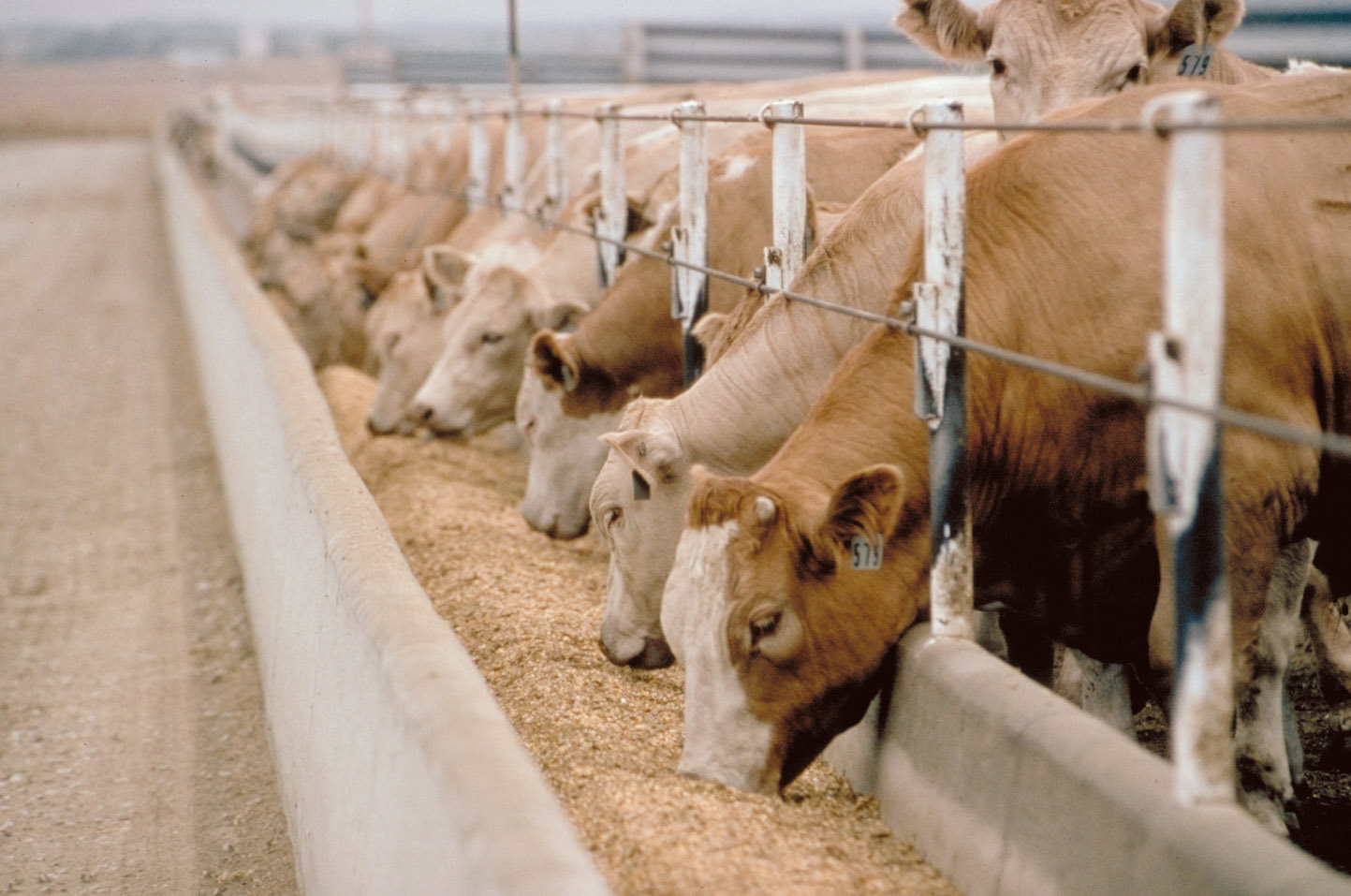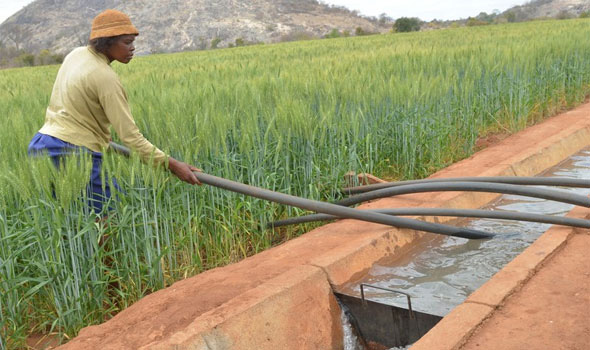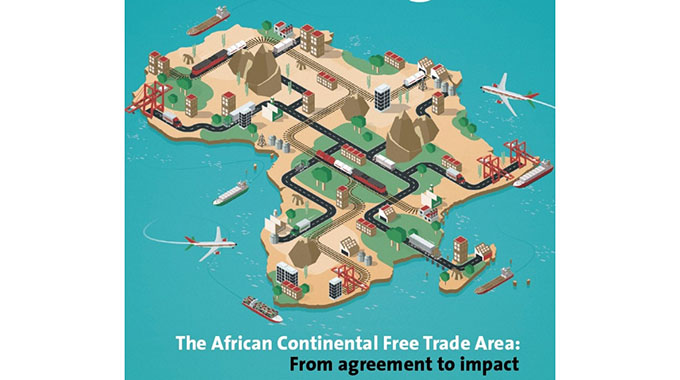What makes the AfCFTA unique trade agreements
“Wow, beautiful and thank you. Kindly share our national strategy, and contact people if available so that we see how the locals and the Diaspora can play part in this to build a trade intelligence network.” This is a response on social media to last week’s article published in The Herald “Key Sectors in the Success of the AfCFTA”.
The comments reflect levels of enthusiasm around the AfCFTA. This cheerful anticipation is legitimate as the agreement is set to unlock a US$3 trillion market through accelerated industrialisation.
In addition, a recent study found in the Forthcoming 51 Geo. J. Int’l L. 4 (2020) indicate that AfCFTA is set to impact trade and development law profoundly, nevertheless, overhauling the rules of Africa and the rest of the world.
It is worthwhile to explore the unique features of the AfCFTA, and examine why it has been classified as not only a deep but also a progressive agreement.
The AfCFTA has relatively taken a record time to conclude in comparison with other agreements negotiation of trade agreements is an arduous task that demands a lot of time and specialised skills.
In another study found in the “Journal Economic Perceptive” economists agree that trade agreements synonymous with any free trade arrangement have winners and losers. The inherent risk of ending up as losers should be balanced with the temptation or easy protectionist route.
It is this hindsight that demands astute negotiators who will be careful not to steep their countries into problems.
The AfCFTA has been negotiated during a time when the world is increasingly becoming protectionist as evidenced by Brexit, the problems within the WTO and US-China trade wars.
The AfCFTA unique design allows flexibility and acknowledges variable geometry in the sense that state parties have the freedom to adapt to the AfCFTA as guided by the domestic regulations prevailing in each country .
Furthermore, the acquis principle adopted by the AfCFTA recognises and acknowledges the different levels of the RECs while at the same time managing the spaghetti bowl effect.
The five-year-periodic review of the AfCFTA allows the state parties to contribute to the monitoring and evaluation of the gains or losses that are inherent with any trade agreement.
It does not mean though, that state parties have to wait for five years to bring their concerns to the Secretariat — Annexe 9 on Trade Remedies provides for the intervention. The efficacy of the institutes to uphold these provisions remain to be tested.
The design of the AFCFTA allows for the opportunity to add more instruments to the agreement.
This has already taken place as seen by the addition of the Protocol on Women and Youth announced last December at the AU 13th Extraordinary Session on the AfCFTA. Initially gender inclusivity was covered in the preamble and implicitly covered in Article 3(e).
However, preambles are not binding hence the development of the Protocol of Women and Youth. This reflects the AfCFTA as a developmental agreement that seeks to propel inclusive socioeconomic growth, gender equality, food security, in line with SDGs and Agenda 2063.
Objective criticism of the AfCFTA borders on trade governess issues within the AfCFTA. Trade Law Centre has observed that it may be difficult to unanimously concede to governess issues as a trading bloc because of the diverse complex challenges that state parties are experiencing.
State parties have been slow in validating the AfCFTA National Strategies. As of August 2020 only eight countries had validated their AfCFTA National Strategies and Zimbabwe is part of the 8 countries.
On the other hand 41 countries have offered to submit their tariff offers, which is a positive development by any standards. However, this mixed picture may denote that some state parties are still dealing with housekeeping issues to enable mitigation against the onset of competition in the AfCFTA.
The overlapping element of the FTA has also been a bone of contention.
Critiques have alleged that the AfCFTA may easily become yet another FTA, however, this has been rebuffed as state parties have agreed that the provisions of the AfCFTA will prevail in a situation where there is conflict with the provisions within any REC .
Notwithstanding the challenges the AfCFTA may face, it remains a deep progressive agreement which is set to augment Africa’s overlooked business revolution — a term coined in the “McKinsey Africa Report”.
The “McKinsey Report” cites five core competencies to be developed by African enterprises; identifying the right portfolio of countries and cities, innovation of business models, resilience, unleashing local talent, and doing well by doing good.
The enthusiasm around the AfCFTA is high and it is this tide that state parties must harness as support of the AfCFTA and in turn deliver on the promised mandate.–herald.cl.zw










